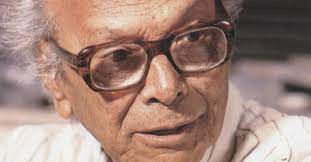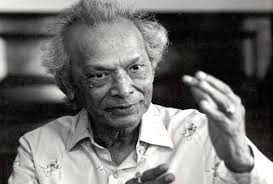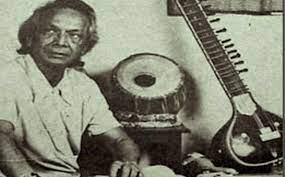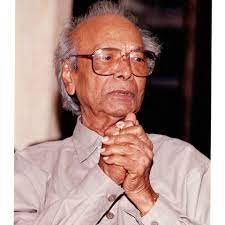
Picture: Social Media
Introduction:
Naushad Ali the name stands as a colossus, a maestro whose compositions have transcended eras, leaving an indelible mark on the soul of the nation. Renowned for his prolific career, Naushad’s journey from a small town in Uttar Pradesh to the pinnacle of the Indian music industry is a tale of passion, perseverance, and an unwavering commitment to musical excellence.
Early Life and Musical Odyssey:
He was born on December 25, 1919, in Lucknow, Naushad’s tryst with music began early. Despite familial opposition, he pursued his musical ambitions, immersing himself in the intricacies of classical Hindustani music. His formative years saw him as a diligent student, honing his skills under the tutelage of Ustad Ghurbat Ali.

Milestone Compositions – The Magical 40s:
Naushad burst onto the Bollywood scene in the 1940s, crafting timeless compositions that became the heartbeat of an entire generation. He started his musical journey with film Prem Nagar in 1940, story set in Kutch for which he did a lot of research into the folk music of that area. Noted film director and producer A. R. Kardar gave him work regularly in Kardar Productions. His worked first noticed with A.R. Kardar’s film Sharda (1942) wherein 13 years old Suraiyya debuted with the song “Panchhi Ja” for the playback with actress Mehtab. It was Rattan (1944) which gave him right place in Hindi film industry. With a meticulous blend of classical and folk influences, he created musical landscapes that continue to resonate with audiences today.
The Quintessential Collaborations:
Naushad’s collaborations with legendary playback singers such as Mohammed Rafi and Lata Mangeshkar elevated his compositions to celestial heights. Their synergies birthed some of the most iconic songs in the history of Indian cinema, becoming the soul of classics like “Pyar Kiya to Darna Kya” (Mughal-e-Azam, 1960) and “Mora Gora Ang Laile” (Bandini, 1963).

Innovation Amidst Tradition:
What set Naushad apart was his ability to seamlessly weave traditional Indian music into the fabric of contemporary film compositions. His pioneering use of orchestration and innovative instrumentation created a sonic signature that resonated across genres, earning him accolades and adoration.
Recognition and Awards:
Naushad’s contributions to Indian cinema were duly recognized with numerous awards, including the Dadasaheb Phalke Award in 1981 and the Padma Bhushan in 1992. These accolades not only celebrated his individual brilliance but also acknowledged his role in shaping the cultural landscape of the nation.

Legacy and Lasting Impact:
Naushad Ali’s legacy extends far beyond his mortal years. His compositions continue to echo in the hearts of music enthusiasts, reminding the world that true artistry is timeless. His influence can be traced in the works of contemporary composers, and his melodies are a testament to the enduring power of music.

Conclusion:
Naushad’s journey from a small town in Uttar Pradesh to the echelons of music greatness is a testament to the universality of talent and the transcendent power of melody. As we delve into the annals of his life and compositions, we unravel not just the story of a music director but the symphony of a nation’s soul, eternally entwined with the melodies of Naushad.